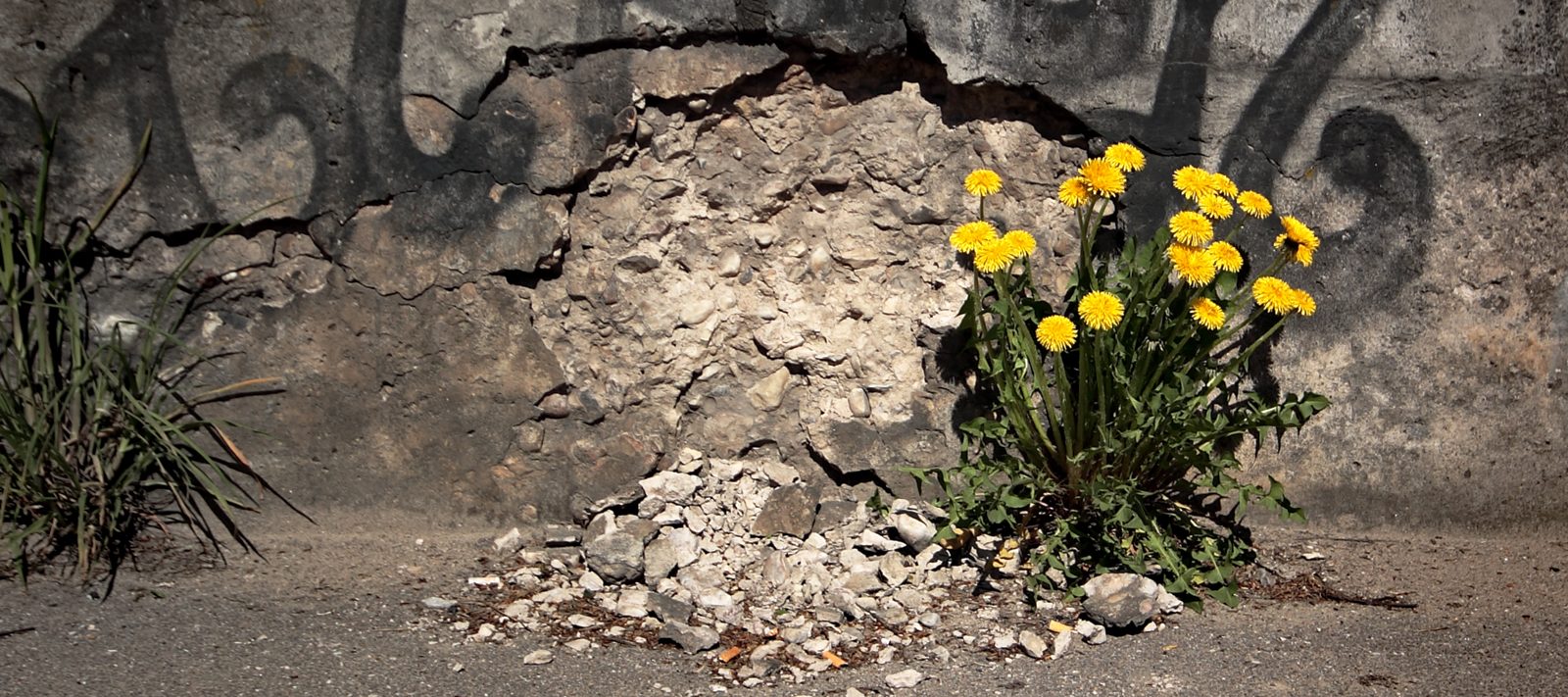Rewilding 101
Taught by environmental educator Peter Bauer, author of the book Rewild or Die and founder of Rewild Portland.
Class: SUNDAYS November 1, 8, 15 and 22, 10:30am-noon.
Space limited to 15 students.
The concept of rewilding, of un-doing the domestication of the last several thousand years, is gaining mainstream attention fast. Recent studies show that spending more time in nature, eating a “wilder” diet, and planting back native ecosystems is beneficial to human health and the health of the environment. But this is not an “ancestral skills” class. Rather, we’ll focus on the ideological side, the hows and whys of rewilding, along with its ecological, anthropological, and psychological principles. You’ll learn the myths we’ve constructed about prehistoric peoples, the problems that came with the innovation of agricultural civilization, and the benefits of indigenous horticulture. We will look at the barriers that stand in the way of rewilding, the various ways in which people are rewilding, how to rewild in a way to that is respectful to indigenous populations, and how it is shaping up in the mainstream.
You will:
- Learn how rewilding improves quality of life and how it helps us understand humanity’s ancient strategies of interacting with the land and each other.
- Gain awareness of the social and environmental hazards that arise with civilization.
- Examine the various groups that are rewilding around the world and how you can follow their lead.
Week 1: Exploring Prehistory. What is “pre” history, and why should we care about it? What is our “common knowledge” of cavemen? Plus, we’ll review a timeline of human evolution.
Week 2: Defining Rewilding. What is our concept of ideas like “wild” and “wilderness”? How are people using the term “rewilding”? How do hunter-gatherers change the landscape? We’ll also start to look at things like land access and how it pertains to Native Americans.
Week 3: Hazards of Rewilding. We’ll address cultural appropriation and privilege and how they relate to rewilding.
Week 4: Rewilding in Action. What does rewilding look like? What are some barriers to rewilding? We’ll look at examples of current rewilders and see possibilities for rewilding in the future.


